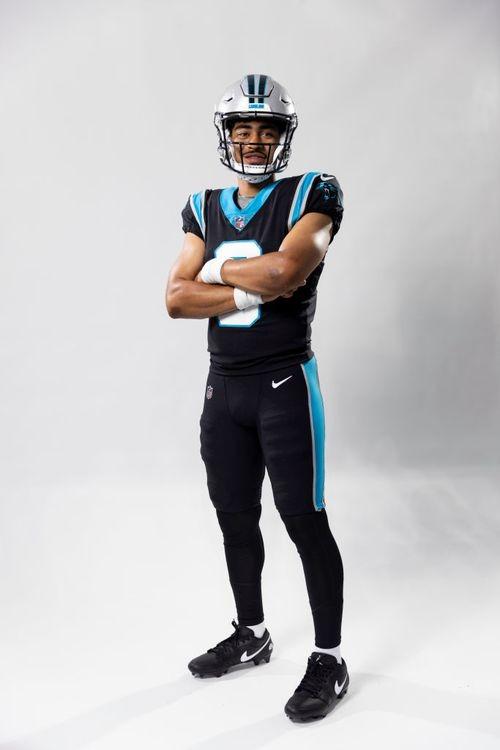-
Welcome!
Register and log in easily with Twitter or Google accounts!
Or simply create a new Huddle account.
Members receive fewer ads , access our dark theme, and the ability to join the discussion!
-
-

-
-
Topics
-
-
-
Posts
-
https://support.google.com/edu/classroom/thread/335308498?hl=en&sjid=10984362044234626367-NC https://support.google.com/edu/classroom/thread/335311402?hl=en&sjid=10984362044234626367-NC https://support.google.com/edu/classroom/thread/335312504?hl=en&sjid=10984362044234626367-NC https://support.google.com/edu/classroom/thread/335314142?hl=en&sjid=14009207040174157731-NC https://support.google.com/edu/classroom/thread/335315726?hl=en&sjid=10550863423395339996-NC https://support.google.com/edu/classroom/thread/335308498?hl=en&sjid=10984362044234626367-NC https://support.google.com/edu/classroom/thread/335311402?hl=en&sjid=10984362044234626367-NC https://support.google.com/edu/classroom/thread/335312504?hl=en&sjid=10984362044234626367-NC https://support.google.com/edu/classroom/thread/335314142?hl=en&sjid=14009207040174157731-NC https://support.google.com/edu/classroom/thread/335315726?hl=en&sjid=10550863423395339996-NC https://support.google.com/edu/classroom/thread/335308498?hl=en&sjid=10984362044234626367-NC https://support.google.com/edu/classroom/thread/335311402?hl=en&sjid=10984362044234626367-NC https://support.google.com/edu/classroom/thread/335312504?hl=en&sjid=10984362044234626367-NC https://support.google.com/edu/classroom/thread/335314142?hl=en&sjid=14009207040174157731-NC https://support.google.com/edu/classroom/thread/335315726?hl=en&sjid=10550863423395339996-NC https://support.google.com/edu/classroom/thread/335308498?hl=en&sjid=10984362044234626367-NC https://support.google.com/edu/classroom/thread/335311402?hl=en&sjid=10984362044234626367-NC https://support.google.com/edu/classroom/thread/335312504?hl=en&sjid=10984362044234626367-NC https://support.google.com/edu/classroom/thread/335314142?hl=en&sjid=14009207040174157731-NC https://support.google.com/edu/classroom/thread/335315726?hl=en&sjid=10550863423395339996-NC
-
By javewed743 · Posted
https://support.google.com/edu/classroom/thread/335314771?hl=en&sjid=3980878386707694162-NC https://support.google.com/edu/classroom/thread/335317445?hl=en&sjid=3980878386707694162-NC https://support.google.com/edu/classroom/thread/335314771?hl=en&sjid=3980878386707694162-NC https://support.google.com/edu/classroom/thread/335317445?hl=en&sjid=3980878386707694162-NC https://support.google.com/edu/classroom/thread/335314771?hl=en&sjid=3980878386707694162-NC https://support.google.com/edu/classroom/thread/335317445?hl=en&sjid=3980878386707694162-NC https://support.google.com/edu/classroom/thread/335314771?hl=en&sjid=3980878386707694162-NC https://support.google.com/edu/classroom/thread/335317445?hl=en&sjid=3980878386707694162-NC https://support.google.com/edu/classroom/thread/335314771?hl=en&sjid=3980878386707694162-NC https://support.google.com/edu/classroom/thread/335317445?hl=en&sjid=3980878386707694162-NC https://support.google.com/edu/classroom/thread/335314771?hl=en&sjid=3980878386707694162-NC https://support.google.com/edu/classroom/thread/335317445?hl=en&sjid=3980878386707694162-NC https://support.google.com/edu/classroom/thread/335314771?hl=en&sjid=3980878386707694162-NC https://support.google.com/edu/classroom/thread/335317445?hl=en&sjid=3980878386707694162-NC https://support.google.com/edu/classroom/thread/335314771?hl=en&sjid=3980878386707694162-NC https://support.google.com/edu/classroom/thread/335317445?hl=en&sjid=3980878386707694162-NC https://support.google.com/edu/classroom/thread/335314771?hl=en&sjid=3980878386707694162-NC https://support.google.com/edu/classroom/thread/335317445?hl=en&sjid=3980878386707694162-NC https://support.google.com/edu/classroom/thread/335314771?hl=en&sjid=3980878386707694162-NC https://support.google.com/edu/classroom/thread/335317445?hl=en&sjid=3980878386707694162-NC https://support.google.com/edu/classroom/thread/335314771?hl=en&sjid=3980878386707694162-NC https://support.google.com/edu/classroom/thread/335317445?hl=en&sjid=3980878386707694162-NC https://support.google.com/edu/classroom/thread/335314771?hl=en&sjid=3980878386707694162-NC https://support.google.com/edu/classroom/thread/335317445?hl=en&sjid=3980878386707694162-NC https://support.google.com/edu/classroom/thread/335314771?hl=en&sjid=3980878386707694162-NC https://support.google.com/edu/classroom/thread/335317445?hl=en&sjid=3980878386707694162-NC https://support.google.com/edu/classroom/thread/335314771?hl=en&sjid=3980878386707694162-NC https://support.google.com/edu/classroom/thread/335317445?hl=en&sjid=3980878386707694162-NC https://support.google.com/edu/classroom/thread/335314771?hl=en&sjid=3980878386707694162-NC https://support.google.com/edu/classroom/thread/335317445?hl=en&sjid=3980878386707694162-NC https://support.google.com/edu/classroom/thread/335314771?hl=en&sjid=3980878386707694162-NC https://support.google.com/edu/classroom/thread/335317445?hl=en&sjid=3980878386707694162-NC https://support.google.com/edu/classroom/thread/335314771?hl=en&sjid=3980878386707694162-NC https://support.google.com/edu/classroom/thread/335317445?hl=en&sjid=3980878386707694162-NC https://support.google.com/edu/classroom/thread/335314771?hl=en&sjid=3980878386707694162-NC https://support.google.com/edu/classroom/thread/335317445?hl=en&sjid=3980878386707694162-NC https://support.google.com/edu/classroom/thread/335314771?hl=en&sjid=3980878386707694162-NC https://support.google.com/edu/classroom/thread/335317445?hl=en&sjid=3980878386707694162-NC https://support.google.com/edu/classroom/thread/335314771?hl=en&sjid=3980878386707694162-NC https://support.google.com/edu/classroom/thread/335317445?hl=en&sjid=3980878386707694162-NC -
https://support.google.com/edu/classroom/thread/335308498?hl=en&sjid=10984362044234626367-NC https://support.google.com/edu/classroom/thread/335311402?hl=en&sjid=10984362044234626367-NC https://support.google.com/edu/classroom/thread/335312504?hl=en&sjid=10984362044234626367-NC https://support.google.com/edu/classroom/thread/335314142?hl=en&sjid=14009207040174157731-NC https://support.google.com/edu/classroom/thread/335315726?hl=en&sjid=10550863423395339996-NC https://support.google.com/edu/classroom/thread/335308498?hl=en&sjid=10984362044234626367-NC https://support.google.com/edu/classroom/thread/335311402?hl=en&sjid=10984362044234626367-NC https://support.google.com/edu/classroom/thread/335312504?hl=en&sjid=10984362044234626367-NC https://support.google.com/edu/classroom/thread/335314142?hl=en&sjid=14009207040174157731-NC https://support.google.com/edu/classroom/thread/335315726?hl=en&sjid=10550863423395339996-NC https://support.google.com/edu/classroom/thread/335308498?hl=en&sjid=10984362044234626367-NC https://support.google.com/edu/classroom/thread/335311402?hl=en&sjid=10984362044234626367-NC https://support.google.com/edu/classroom/thread/335312504?hl=en&sjid=10984362044234626367-NC https://support.google.com/edu/classroom/thread/335314142?hl=en&sjid=14009207040174157731-NC https://support.google.com/edu/classroom/thread/335315726?hl=en&sjid=10550863423395339996-NC https://support.google.com/edu/classroom/thread/335308498?hl=en&sjid=10984362044234626367-NC https://support.google.com/edu/classroom/thread/335311402?hl=en&sjid=10984362044234626367-NC https://support.google.com/edu/classroom/thread/335312504?hl=en&sjid=10984362044234626367-NC https://support.google.com/edu/classroom/thread/335314142?hl=en&sjid=14009207040174157731-NC https://support.google.com/edu/classroom/thread/335315726?hl=en&sjid=10550863423395339996-NC
-
-




(1).thumb.gif.c991ead14106875ce4bbb9e20baa4b88.gif)


Recommended Posts
Join the conversation
You can post now and register later. If you have an account, sign in now to post with your account.